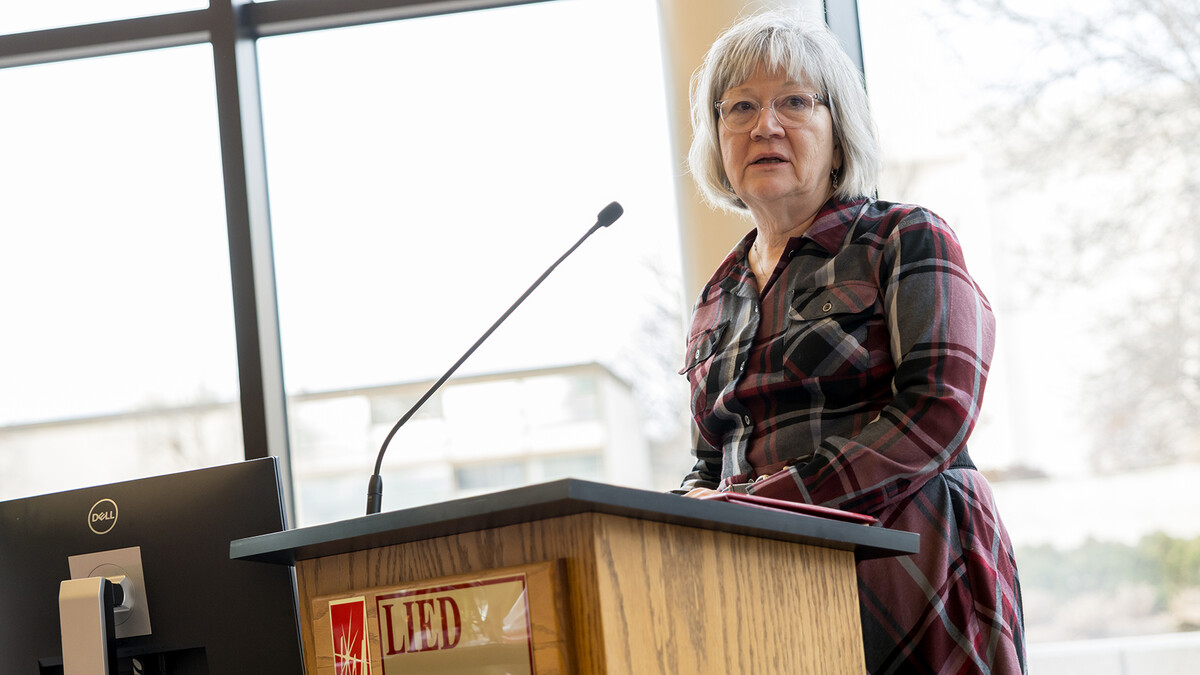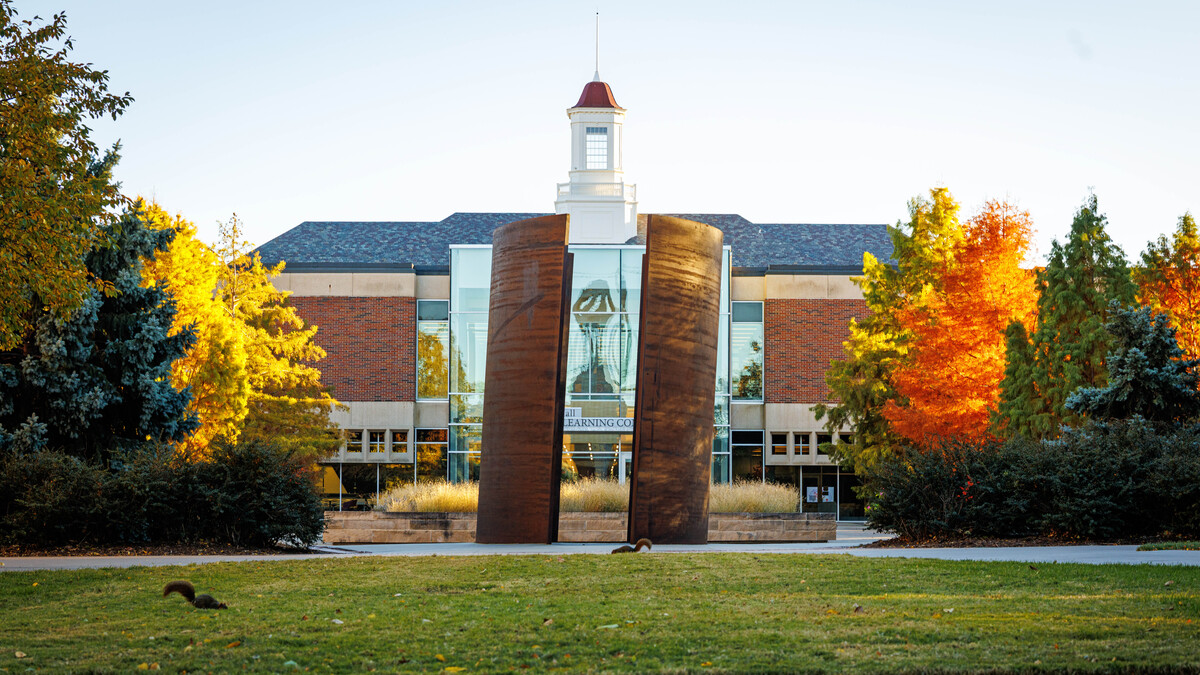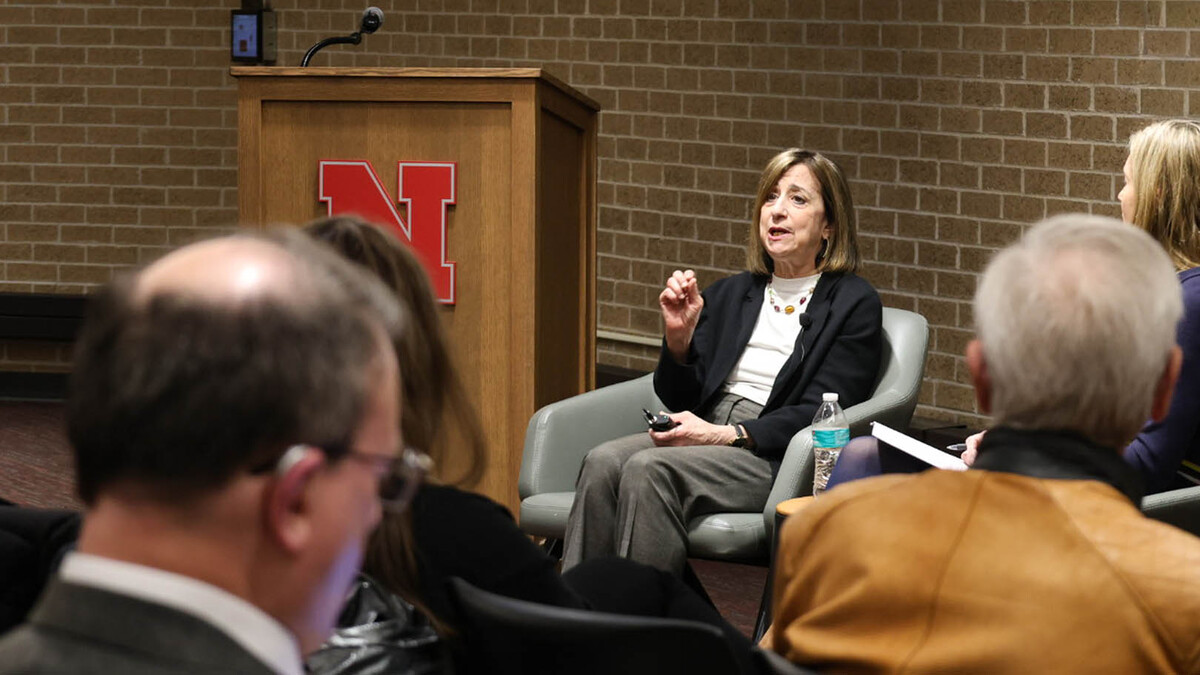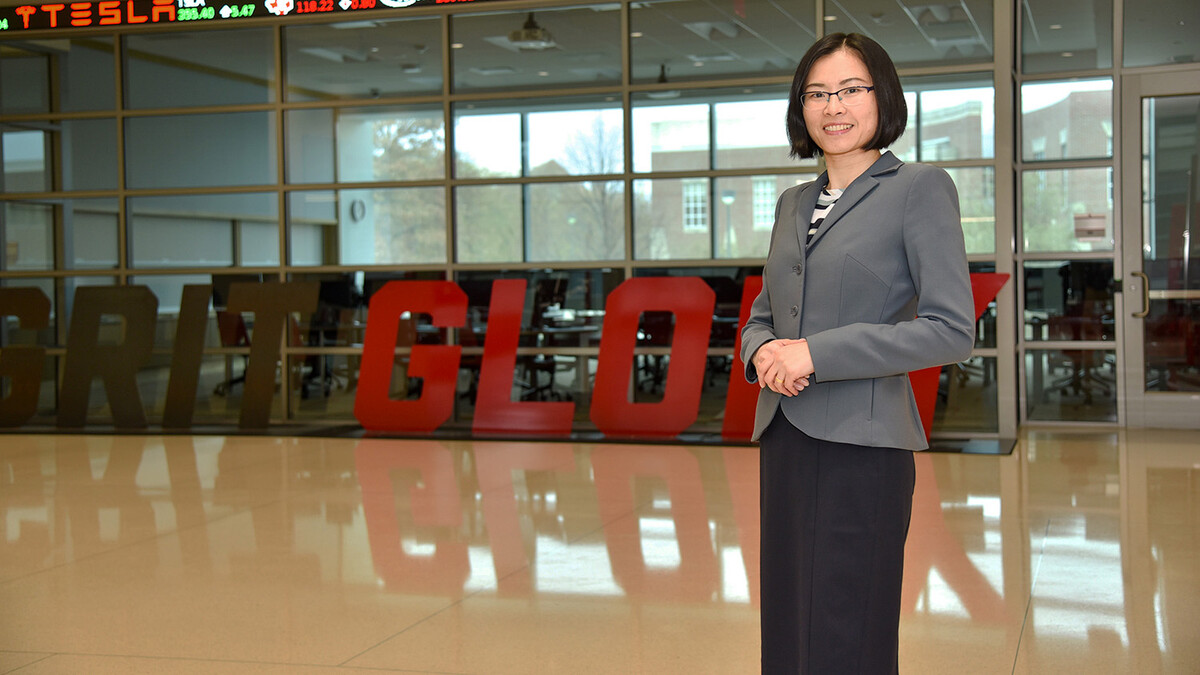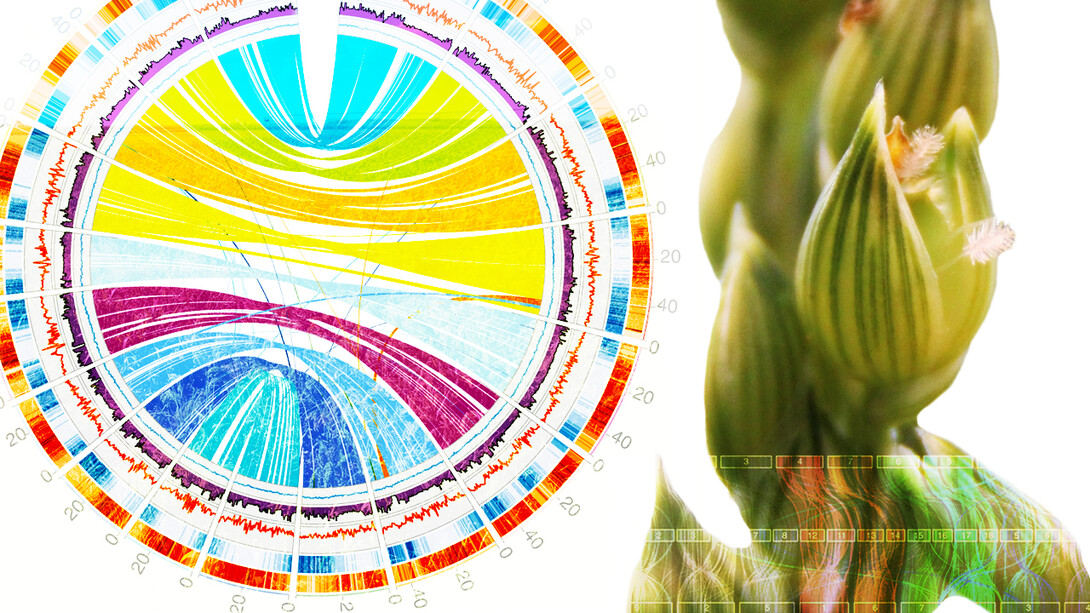
Humanity has finally gotten to know one of its oldest, hardiest crops on a genetic level.
An international team has sequenced and mapped the genome of proso millet – a feat essential to raising yields of the drought-resistant crop in the Nebraska Panhandle and semiarid regions where population booms foreshadow food shortages.
Because millets can grow amid infertile soils and yield food with less water than any other grain, several of them have become popular among subsistence farmers in ever-hotter, drier swaths of Africa and Asia. But the relatively low yields of the crops, combined with traits that make them difficult to harvest, have limited their viability as a food, feed or fuel staple.
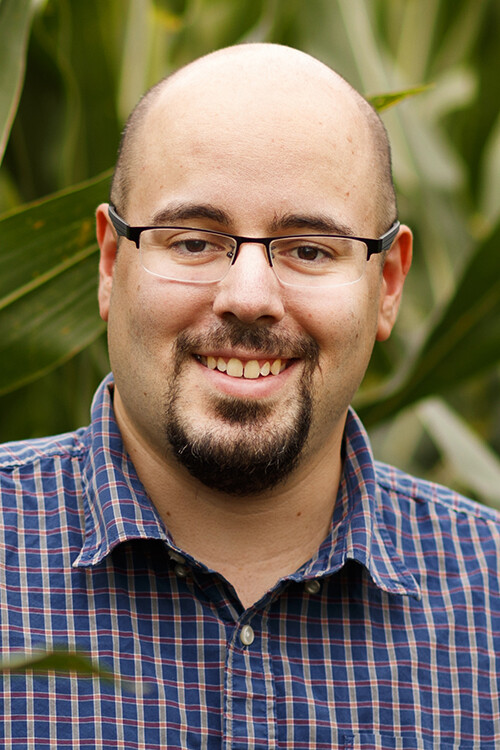
The ability to pinpoint the location, composition and size of the species’ genes should help researchers improve its traits while tailoring it to climates around the world, Schnable said.
“There’s potential to grow it on a much larger scale and take a significant bite out of the amount of additional grain we need to meet the demand for feed and food and ethanol,” said Schnable, assistant professor of agronomy and horticulture. “If you look at proso millet (yields), we’re where corn was in the 1930s. But we’ve learned a lot (since then) that … we think we can apply to proso millet.
“It’s sort of like when you’ve been pushing a really heavy boulder up a hill, and now somebody wants you to push a cardboard box up that hill. You’ve built all these muscles, and now you can go really, really fast.”
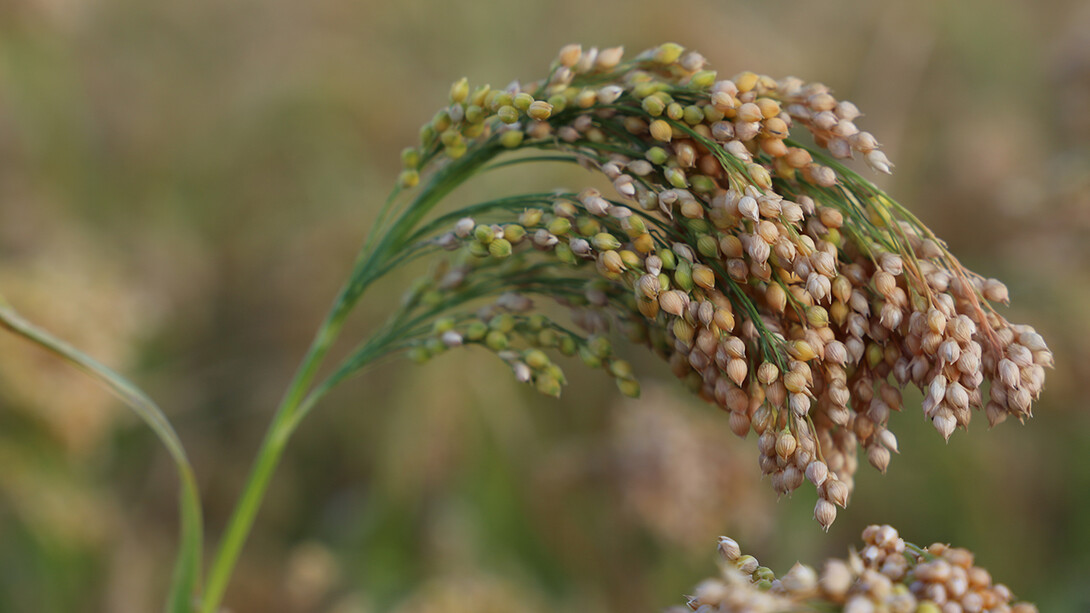
By allowing researchers to more easily link genes with yield- and harvest-relevant traits, the genome should calibrate predictions of which proso millet varieties will perform best in the field, Schnable said. That, in turn, will accelerate the pace at which new varieties can be developed and released to farmers.
“The real bottleneck is evaluating the field,” he said. “Now we can build statistical models and only pick the varieties that are at least predicted to be pretty good before sending them to the field. We can go from a (classical breeding) cycle that’s maybe 10 to 12 years to one that’s maybe six or seven years.”
Widening that bottleneck could also widen profit margins for Nebraska farmers and landowners, said Dipak Santra, associate professor at the university’s Panhandle Research and Extension Center.
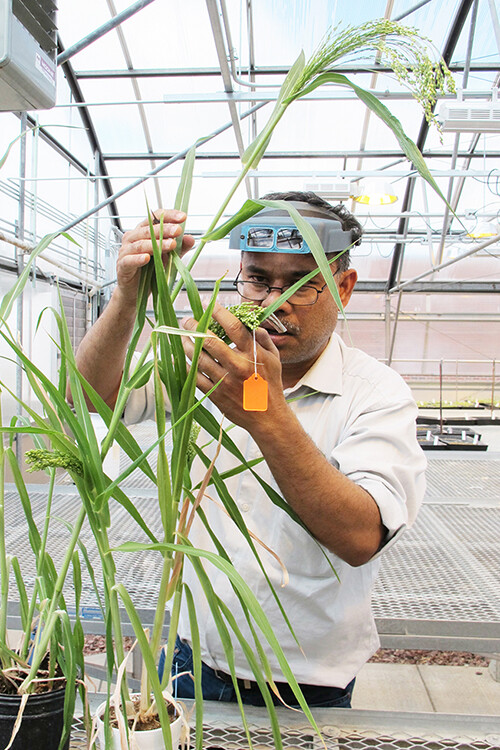
Developing varieties that mature and dry on more consistent timelines – which would streamline harvesting – ranks as one of a few obtainable short-term improvements that would make proso millet a more economically viable crop, Schnable said.
“I think that’s possible in the next five, 10 years,” he said. “You can harvest it and plant it with the same equipment used for wheat. These guys are already growing wheat in this region, so it’s really not a major change for them to switch over if they want to grow proso millet either in rotation or on land where there isn’t enough water even for wheat.
“And if we get more productivity, that makes the land more valuable. That means more tax revenue going into our local schools and towns and all of that. If you can grow more food on the same land, that’s good for everyone.”
Cracking the code
Sequencing the proso millet genome – which identified more than 55,000 genes whose code instructs the building of proteins – has already revealed some surprises. Among them: The species’ genome originated from the merging of two closely related genomes more than 5 million years ago. By comparison, the genome of bread wheat emerged within just the last 6,000 years.

Researchers previously found that C4 plants collectively employ three different biochemical paths to convert inorganic carbon into a useful form. Until about a decade ago, it was assumed that each species relied on just one of the three, with plant biologists only recently finding evidence of two paths in corn. But the genome of proso millet suggests that it can employ all three.
The fact that this outlier exists in the world’s most drought-resilient crop is probably more than a coincidence, Schnable said, and warrants further investigation that could impart lessons applicable to other crops.

The research team detailed its work in the journal Nature Communications. Schnable authored the study with researchers from the Chinese Academy of Sciences; Iowa State University; Henan University; the Chinese Academy of Agricultural Sciences; Northwest Agriculture and Forestry University; Purdue University; Dryland Genetics LLC; and Data2Bio LLC.


